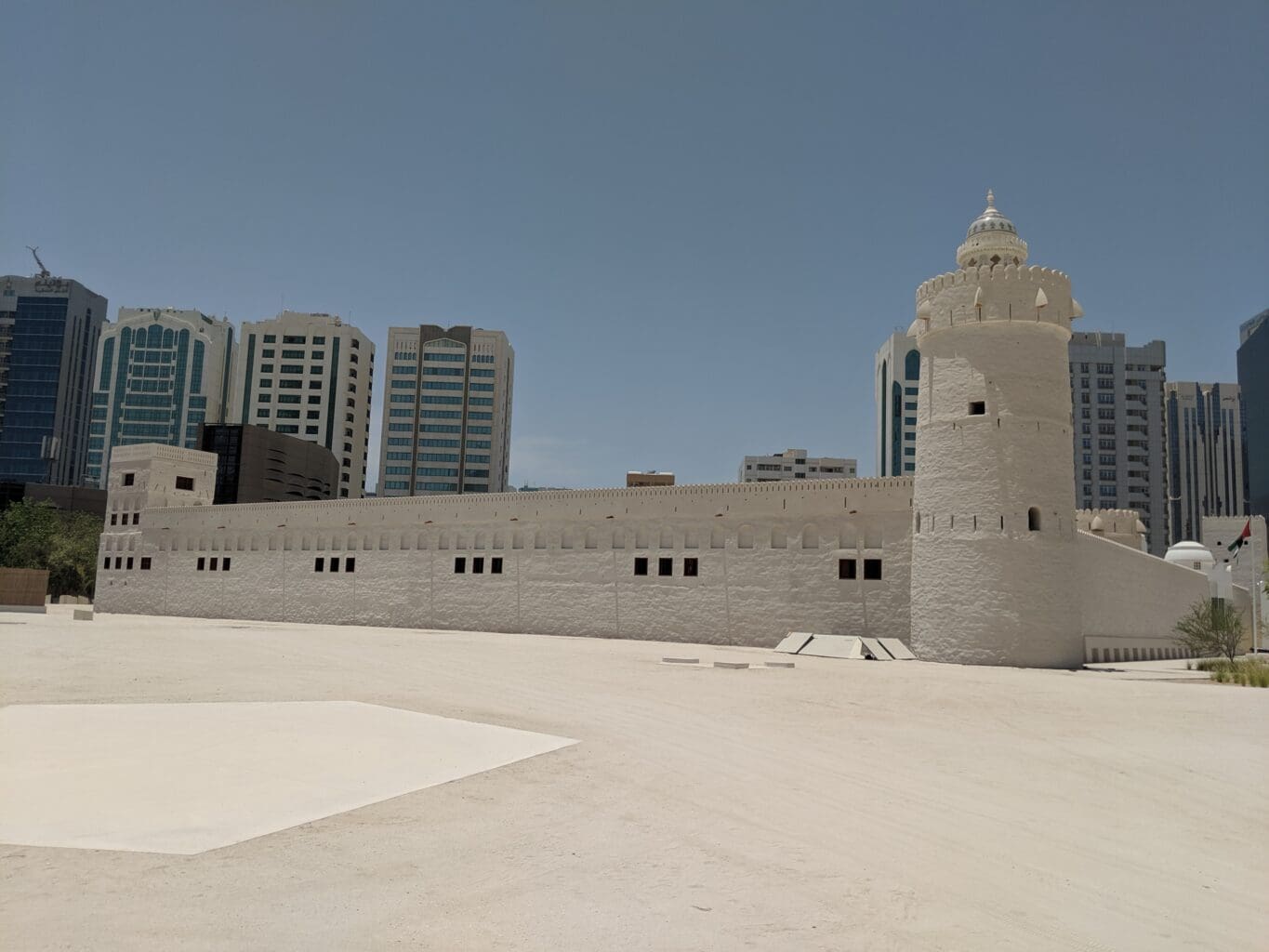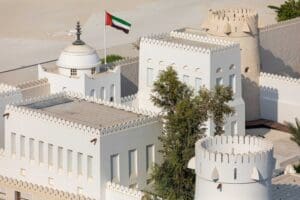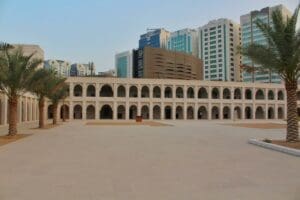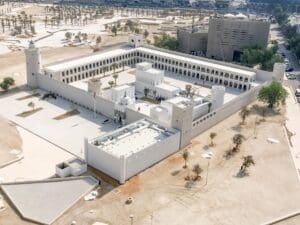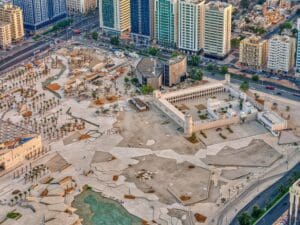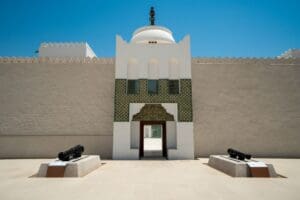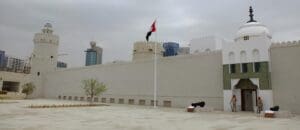Description
Qasr Al Hosn, located in the heart of Abu Dhabi, is the city's oldest stone building and a significant symbol of the UAE's heritage. Constructed in 1761 under the guidance of Mohammed Al Bastaki, the initial structure served as a watchtower to oversee coastal trade routes and safeguard the growing settlement on Abu Dhabi Island. Over the centuries, it evolved into a fortified palace, with the Inner Fort completed in 1795 and the Outer Palace added between 1939 and 1945. The site functioned as the residence of the ruling family, the seat of government, and a national archive, encapsulating the development of Abu Dhabi from a fishing and pearling community to a modern metropolis.
In 2018, following over a decade of meticulous restoration, Qasr Al Hosn was transformed into a museum. The museum showcases a rich tapestry of artefacts and archival materials dating back to as early as 6,000 BC, offering visitors an immersive journey through the region's history. Highlights include the original watchtower, the meticulously preserved Inner Fort, and exhibitions detailing the evolution of Abu Dhabi's society, economy, and governance.
Adjacent to the fort is the House of Artisans, a cultural space dedicated to preserving and promoting traditional Emirati crafts. Visitors can engage with artisans, participate in workshops, and explore exhibitions that celebrate the rich intangible heritage of the UAE. The surrounding landscape, including the Cultural Foundation, offers a serene environment for reflection and learning. Qasr Al Hosn stands as a living memorial, narrating the story of Abu Dhabi's past and its journey into the future.
Location
-
Rashid Bin Saeed Al Maktoum St(2nd St) - Abu Dhabi - United Arab Emirates
